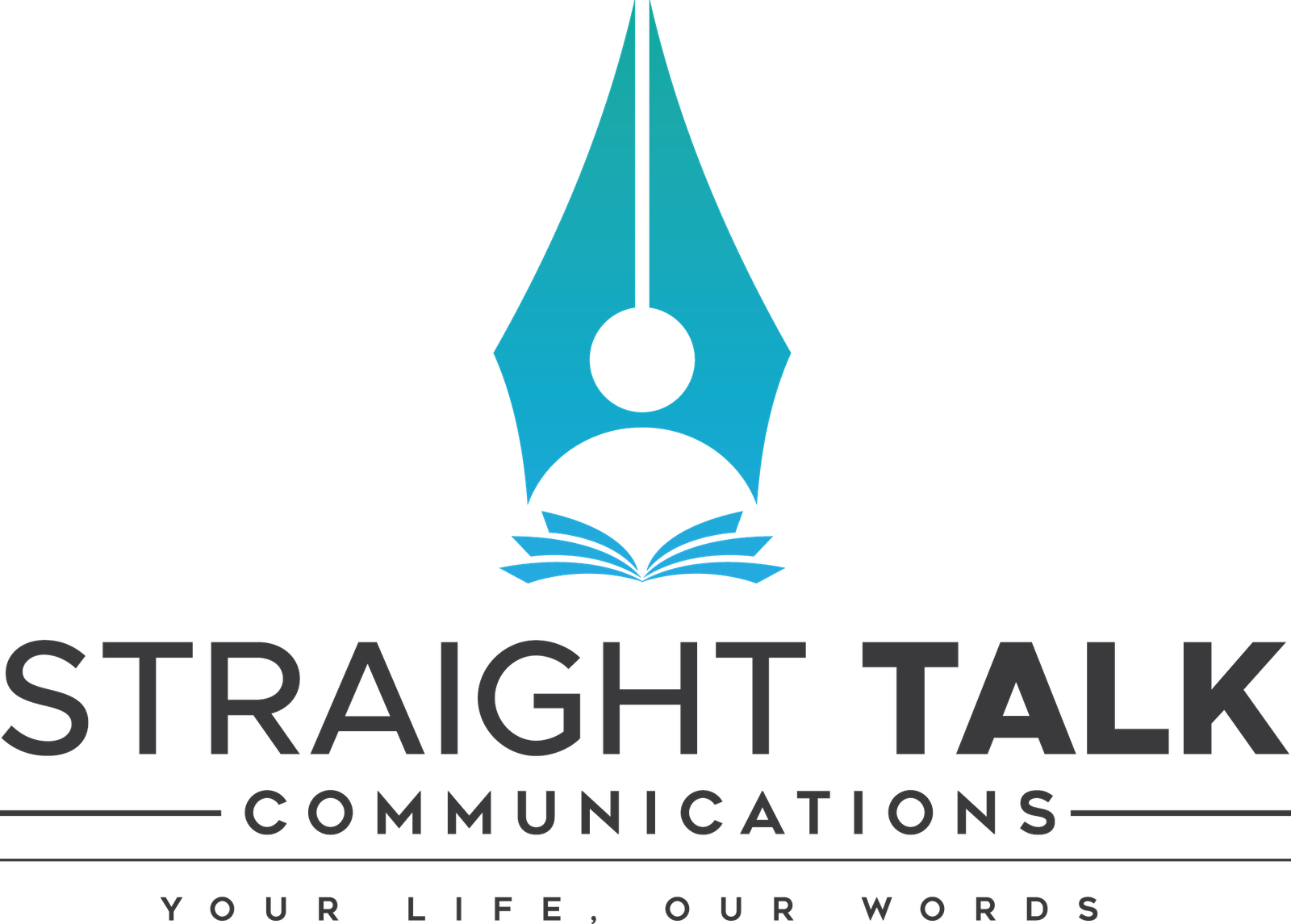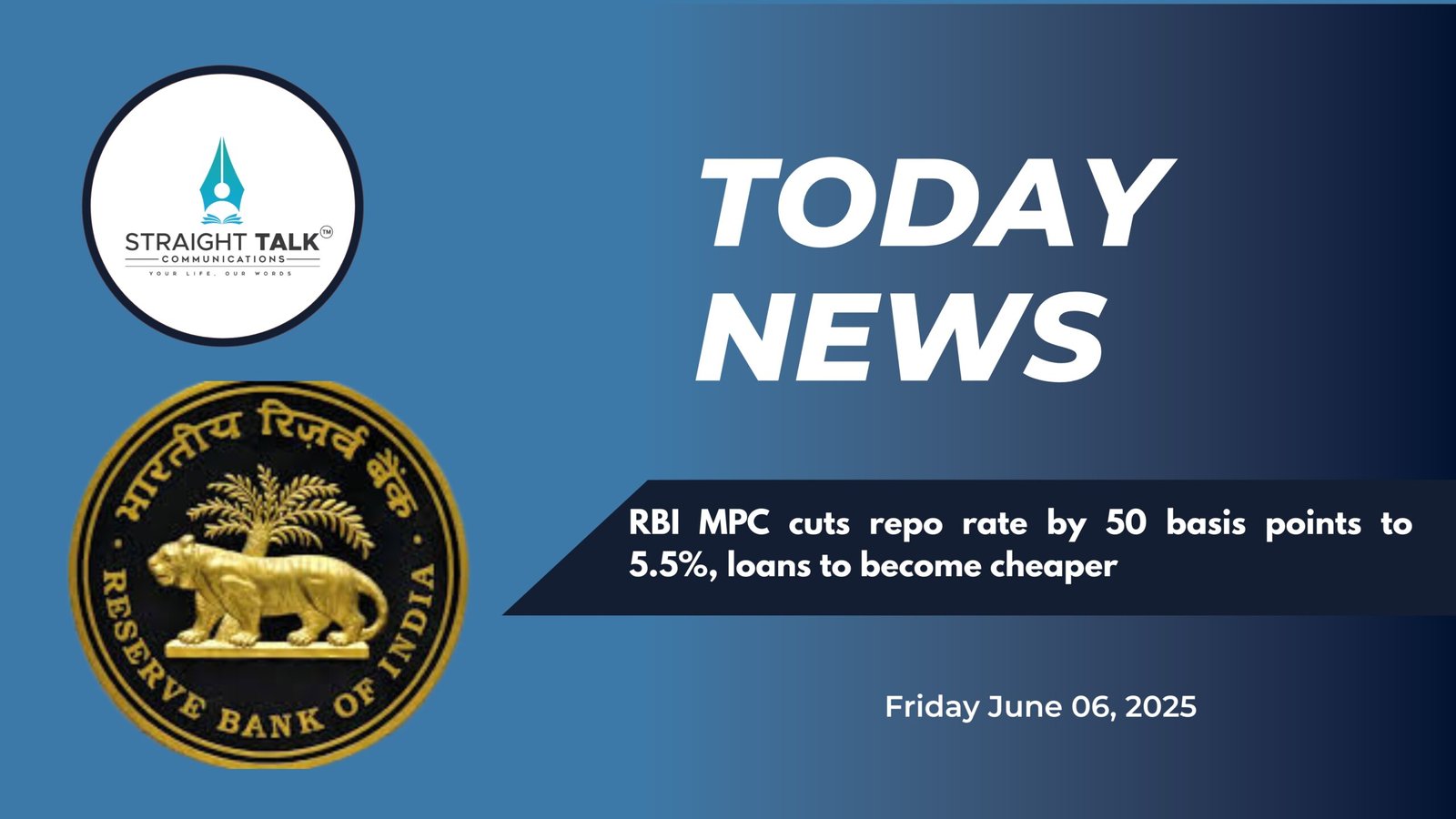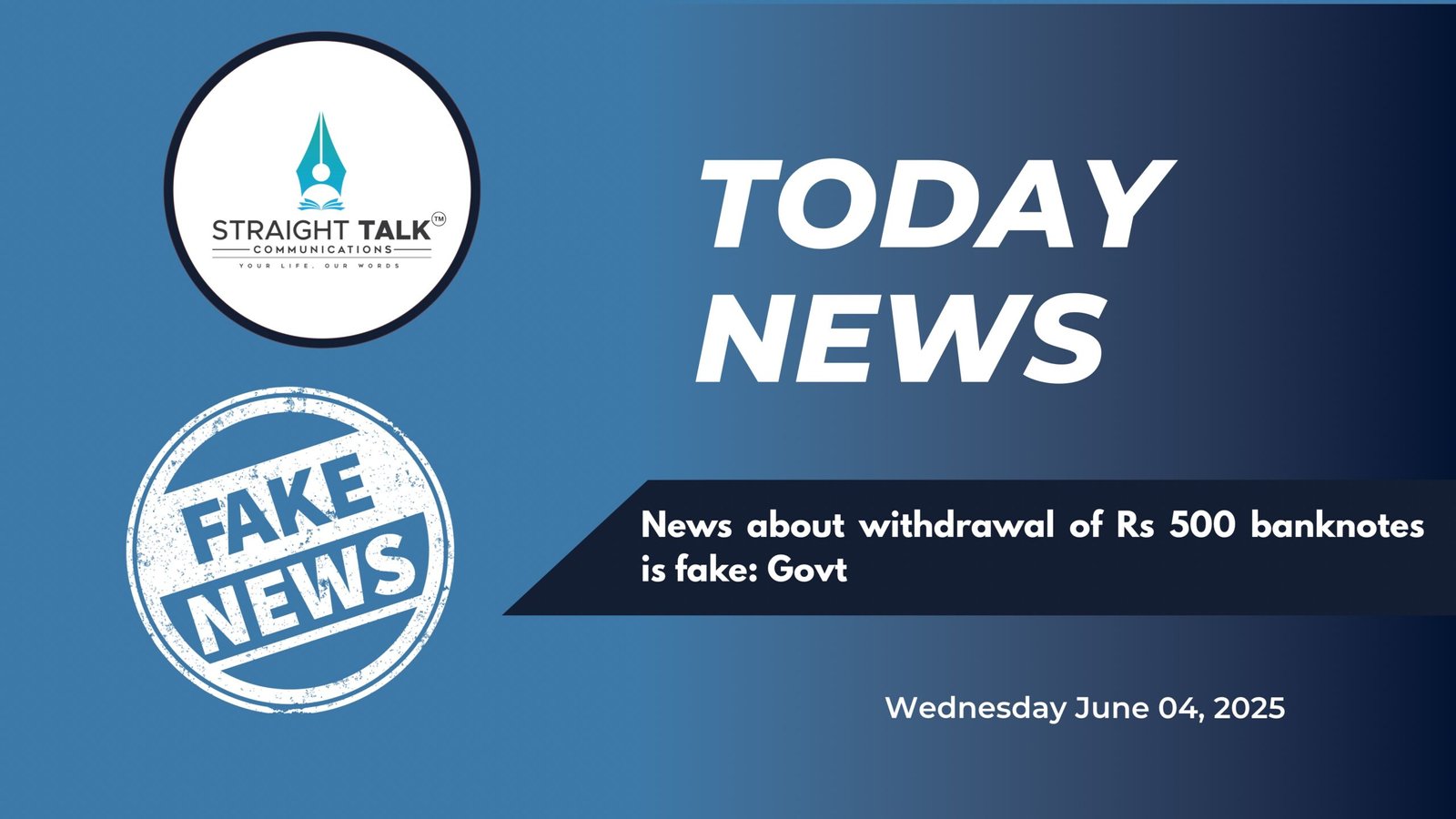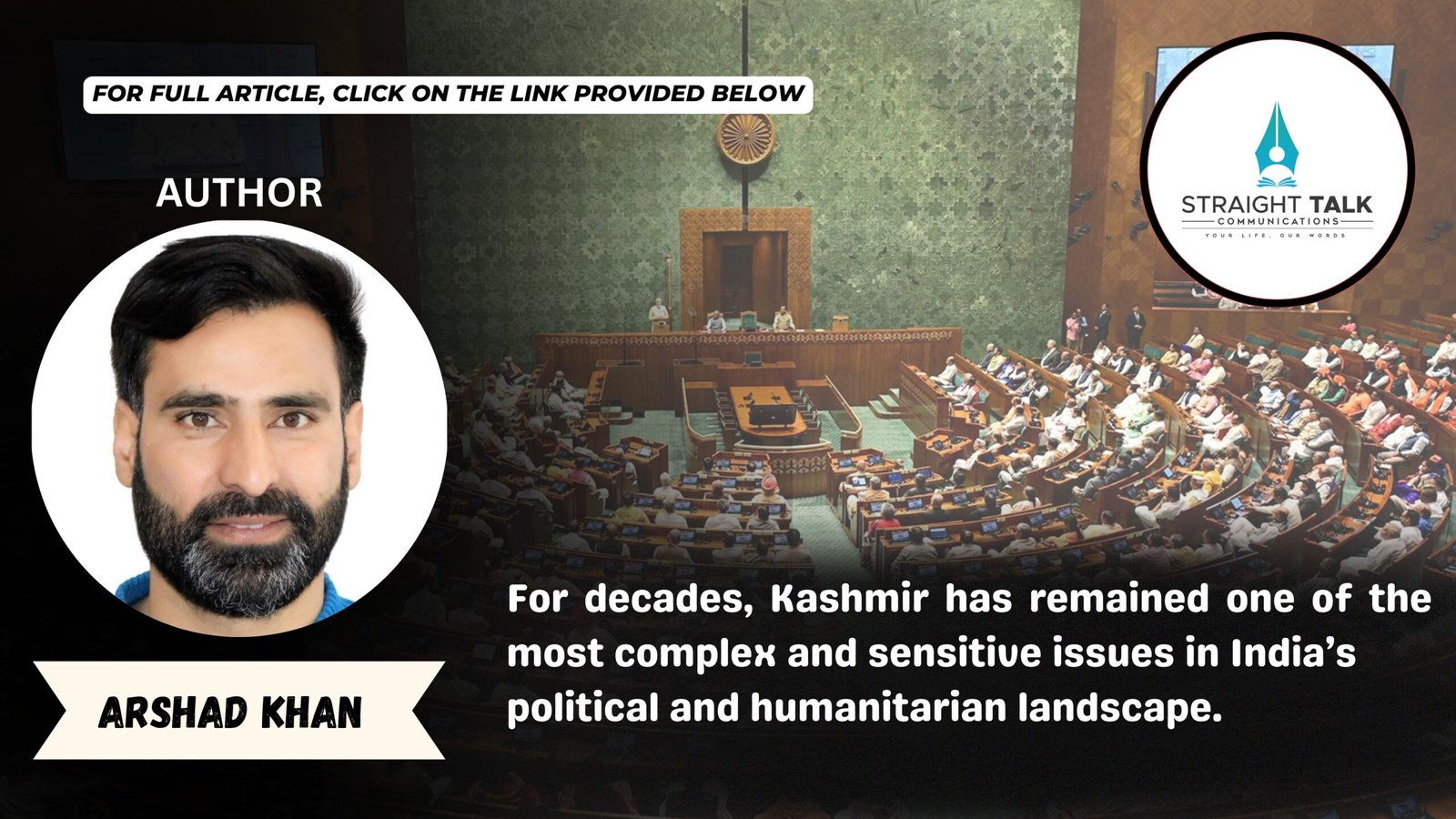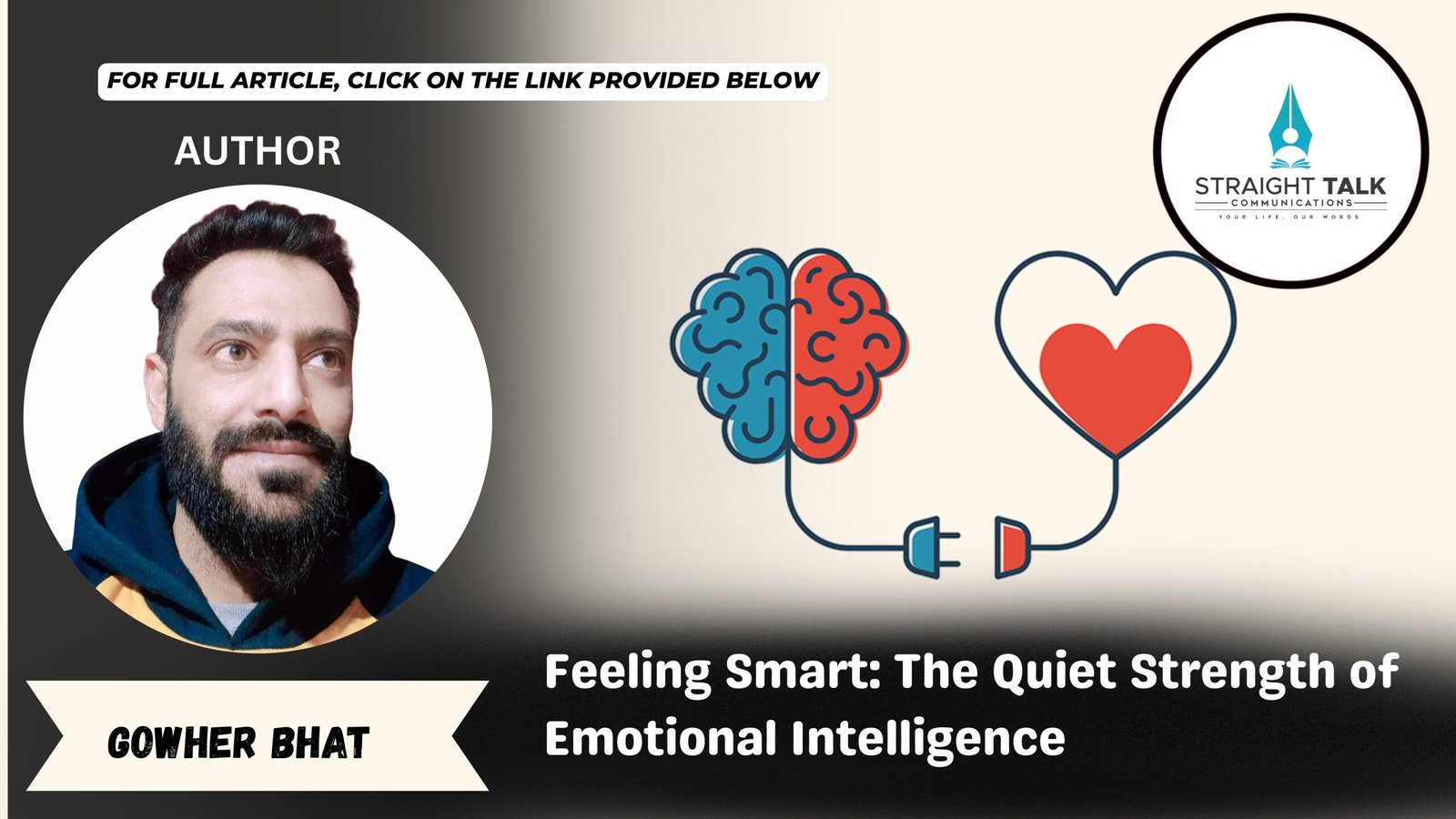Republic Day: Echoing India’s Unity and Strength
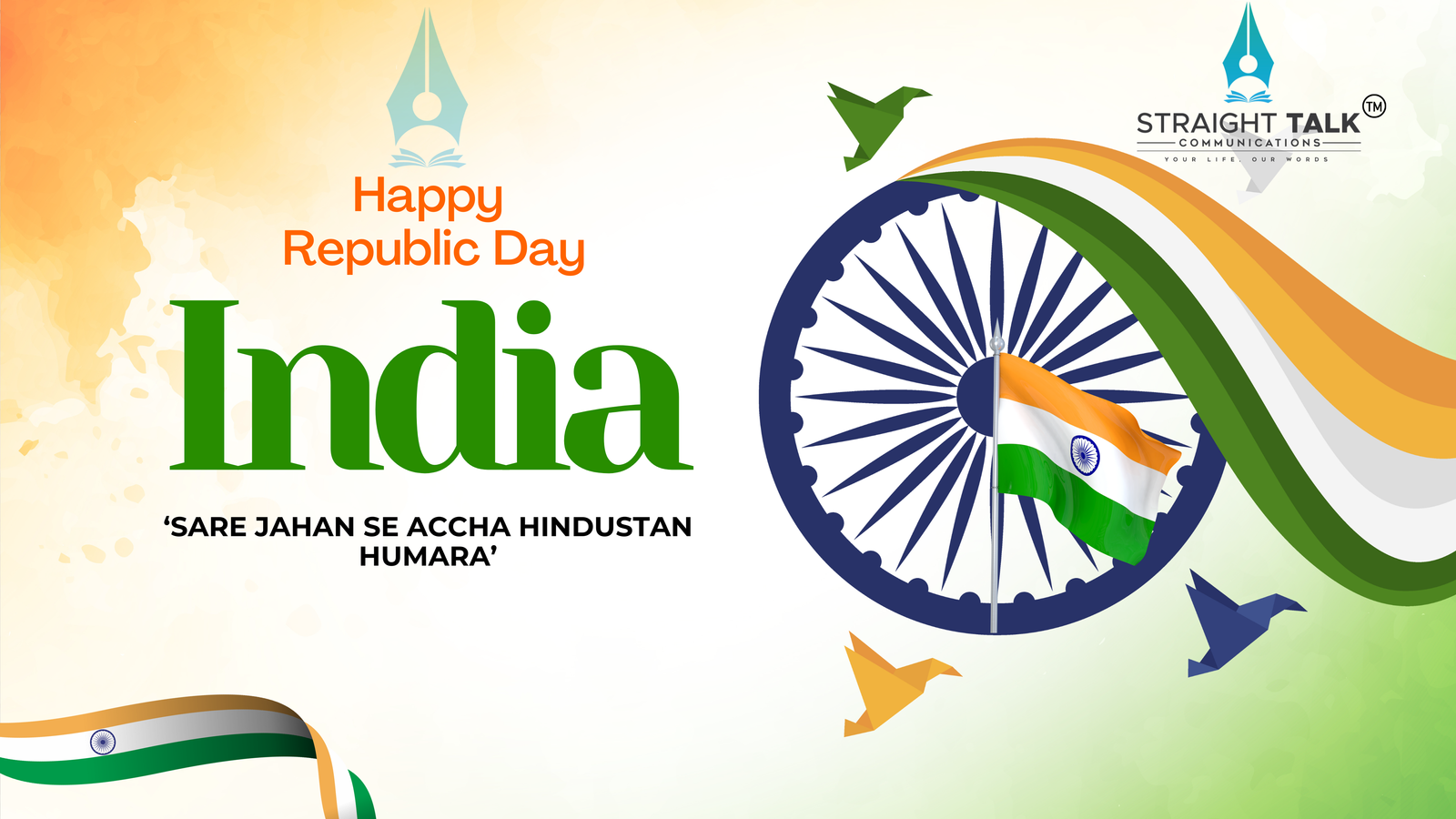
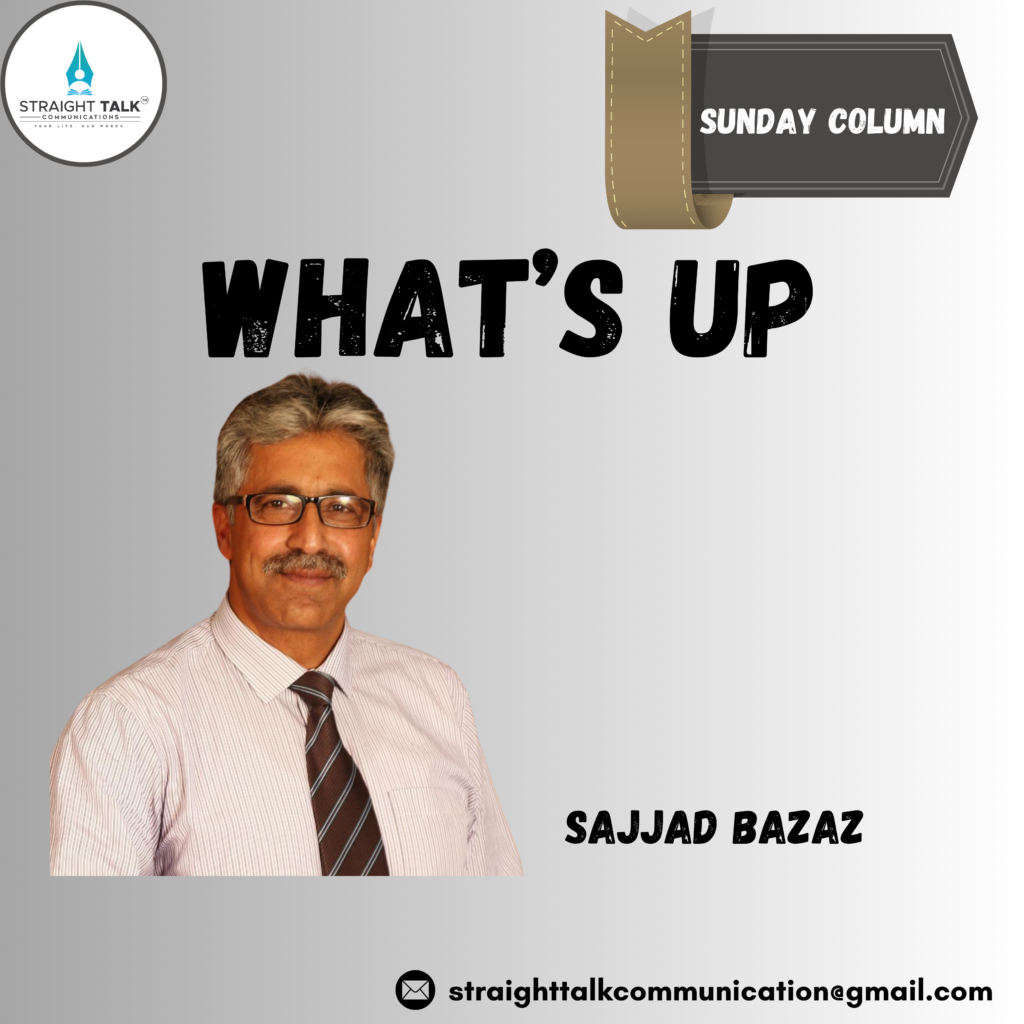
Sajjad Bazaz
(sajjadbazaz@straight-talk-communications)
On the eve of Republic Day celebrations, I came across a short video capturing enthralling beauty of Jammu and Kashmir resonating with a song carrying immortal lyrics ‘Sare Jahan Se Accha Hindustan Humara’, written by Sir Mohammad Iqbal, popularly known as Allama Iqbal. Of course, the lyrics are most suited for us to celebrate our existence as a Sovereign, Democratic and Republic country. Listening to the composition of the song with a mix of videos of different parts of Jammu and Kashmir was enchanting.
In fact, it is always nostalgic to listen to these lyrics composed in a variety of themes and every time charges people as true patriots.
As a child growing up in the 70s; like any other child I was also introduced to the song ‘Sare Jahan Se Accha Hindustan Humara’ in my school. Allama Iqbal was a lyricist for us. However, it didn’t take us much time to understand that the lyrics ‘Sare Jahan Se Accha Hindustan Humara…’ are nationalistic and patriotic in true sense. We used to sing the song with enthusiasm, especially at events in the school to mark Republic Day (January 26) or Independence Day (August 15).
As a school-going kid, it never came to my mind that Allama Iqbal was Pakistan’s ‘spiritual father’. Though he, quintessentially Indian and a man who hated his colonial identity, wrote the lyrics in 1904 when India was under British rule.
It was a remarkable historical fact for us being a Kashmiri to learn from the pages of history that Allama Iqbal was having his Kashmiri Brahminical lineage as his forefathers from the Sapru clan had converted to Islam in the 1700s,and settled in the plains of Punjab near Sialkot.
All the lessons we learned in our childhood from the pages of history about this great Islamic philosopher, poet and politician from South Asia revealed Allama Iqbal was an Indian. Here, it makes sense to quote an acquaintance, a historian by profession, saying; “Even as Allama Iqbal is buried in Pakistan and countless roads and buildings may be named after him, but that doesn’t belittle his contribution to India. We must find it in ourselves to celebrate the Shair-e-Mashriq (Poet of the East) in India – 78 years after partition. It may prove an magical ointment to heal old scars to some extent.”
Let me not venture into political aspect of Allama Iqbal’s writings or thoughts as we have full-fledged experts who are well positioned to comment on his life and work. But one thing is clear, his poetic work with lyrics like ‘Sare Jahan Se Accha Hindustan Humara’ is immortal and none of us as Indian can take him out of our hearts.
The occasion also merits a revisit as to why January 26 was chosen as Republic Day. Pages of history documenting india struggle towards achieving independence from Britishers state that it was on this day in 1929 when the Indian National Congress issued the Declaration of Indian Independence (Purna Swaraj), opposing the British Regime’s dominion status.
The journey towards the Indian Constitution began after India gained independence on August 15, 1947, a date commemorated annually as Independence Day.
A committee, chaired by Dr. BR Ambedkar, was formed on August 29, 1947, to draft a permanent constitution. On November 4, 1947, the committee submitted the constitution to the Constituent Assembly.
Over the next two years, the Constituent Assembly held numerous sessions, adopting the Constitution on January 24, 1950. The constitution, initially comprising 1,45,000 words, officially came into effect two days later, on January 26, 1950, completing India’s transition to a sovereign republic.
Our Constitution grants fundamental rights to all citizens, regardless of religion, race, caste, sex, or place of birth, and outlines fundamental duties for every citizen.
Meanwhile, today’s occasion is also opportune time to revisit a leaf from the history to pick some nostalgic moments about Republic Day celebrations in Jammu and Kashmir. This day was in real sense observed as a people’s day in Kashmir. It used to be such fun for many people here that they used to plan a trip to Delhi well in advance to be part of the Republic Day celebrations. Whole year people used to save money for a trip to Delhi to watch the parade.
Like others, it was also one of my obsessions to watch the parade in Delhi. My dream got fulfilled in 1986 when I along with my classmates got an opportunity to see the republic day parade and that too from a vantage point just opposite to the location where the President was taking salute. The most attractions were the armed forces, the march past, the tanks that rumbled by, pointing their gun turrets to the saluting President and the Indian air force jets doing their final fly-past spewing out the Indian colours.
I still remember how people, especially youth, here used to beat the chill of chilli kalan and rush to the Bakshi stadium to join the republic day celebrations. A common Kashmiri used to get ready in wee hours, putting on woollies trying to get going with the celebrations as early as possible.
But with advent of militancy such enthusiasm dwindled. The reasons for this are well known and need not to be elaborated. However, in the past few years; after the abrogation of Article 370 and 35A, the things are on the verge of turning back to what it used to be in pre-militancy era. The desired results of different schemes visible on the ground encouraged the central authorities to explore deep into the affairs of Jammu and Kashmir. In order to capitalize on the ground situation achieved during the past five years, it’s imperative now to focus on people to people contact to make them ambassadors of Kashmir Mission.
To conclude, let me reproduce the sagacious words of Dr. Ambedkar, which are as relevant today as when he had spoken: “However good a constitution may be, if those who are implementing it are not good, it will prove to be bad. However bad a constitution may be, if those implementing it are good, it will prove to be good”.
(The author is Editor-in-Chief Straight Talk Communications)
